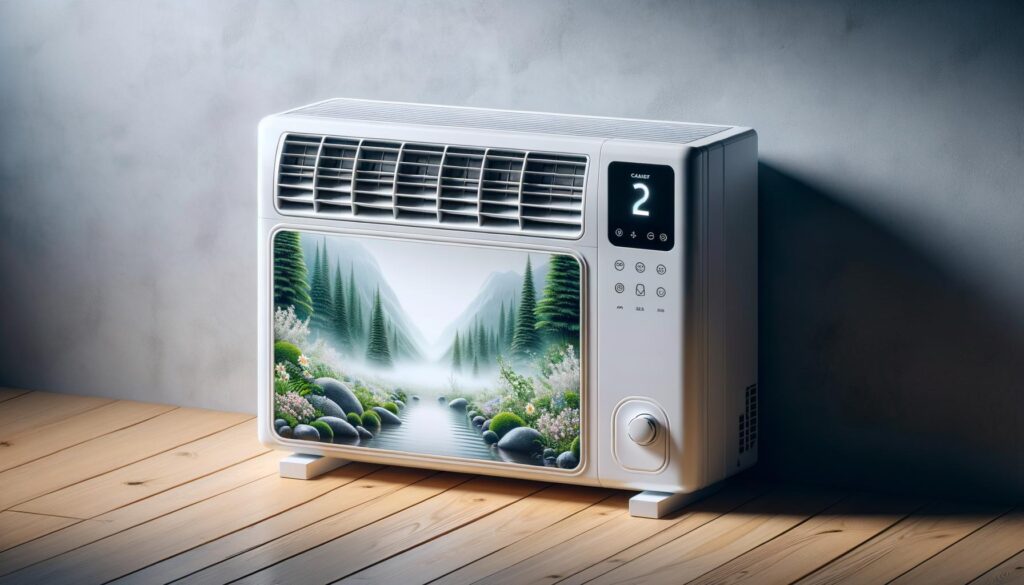Understanding the Benefits of Ductless Air Conditioners

What is a Ductless Air Conditioner?
Ductless air conditioners, often referred to as mini-split systems, are a type of cooling device that provides an efficient and customizable way to manage indoor climates without the need for traditional ductwork. These systems consist of an outdoor compressor unit connected to one or more indoor air-handling units. The key advantage of this setup is its flexibility and efficiency in cooling specific zones within a building. Unlike central air conditioners, which rely on extensive ductwork to circulate air, ductless systems provide targeted cooling and are particularly beneficial in homes without pre-existing ducts.
How Does a Ductless System Work?
The operation of a ductless air conditioner involves several components, each playing a crucial role in delivering optimal comfort. The outdoor unit, which contains a compressor and condenser, is linked to the indoor units via refrigerant lines. These lines are responsible for transferring the cooled or heated refrigerant to different areas of the home. The absence of ducts means there’s less energy loss, making these systems more energy-efficient. Ductless systems use inverter-driven compressors that adjust speed based on current demand, contributing to their efficiency and reduced energy consumption.
Advantages Over Traditional Air Conditioners
Choosing a ductless air conditioner over a traditional system offers several significant benefits:
- Energy Efficiency: Ductless systems consume less power, reducing energy bills and environmental impact.
- Zone Cooling: They allow for individual thermostatic control for each indoor unit, providing tailored comfort for specific areas.
- Easy Installation: Since there’s no need for ductwork, installation is usually faster and less disruptive.
- Air Quality: Multiple filters in ductless systems improve indoor air quality by reducing dust, pollen, and other allergens.
These factors make ductless air conditioners a preferred choice for both new constructions and retrofits in existing buildings.
Considerations When Choosing a Ductless System
While ductless air conditioners offer many advantages, several factors should be considered before installation. The first is the system’s capacity, which should match the size and layout of the space for effective performance. Homeowners should also consider the number of zones required and the positioning of the indoor units for optimal air distribution. An adequately sized unit not only guarantees comfort but also ensures efficient energy use. Additionally, routine maintenance, including cleaning of filters and inspection of the refrigerant lines, is essential to prolong the system’s lifespan and maintain efficiency.
Cost Considerations and Final Thoughts
The initial cost of installing a ductless air conditioner can be higher compared to traditional systems. However, the energy savings and increased control over indoor climates often offset this initial investment over time. Homeowners who prioritize eco-friendly and efficient cooling solutions will find ductless systems to be a worthwhile long-term investment. In conclusion, ductless air conditioners provide a flexible, energy-efficient solution for maintaining comfortable indoor environments. Whether for a single room or an entire building, these systems offer versatility and efficiency that can greatly enhance overall living conditions.
